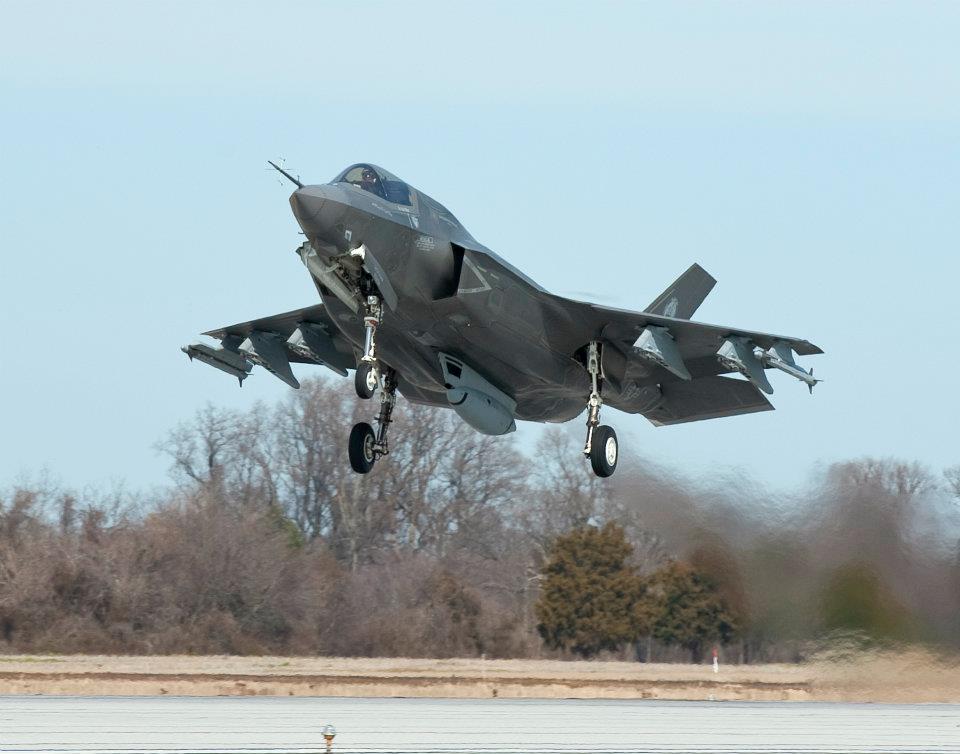
Su-30s would beat F-15s every time. But…..
We recently explained how, 10 years ago, Exercise Cope India put the Indian Air Force Su-30 against U.S. Air Force F-15C jets with results that are still open to debate: since the drills took place during F-22 budget reviews, some analysts affirm the Air Force intentionally accepted the challenging ROE (Rules Of Engagement) to gain more Raptors. Others claim this version of the story was invented to try to save face after the Indians achieved an impressive 9:1 kill ratio.
Even if we might never know the truth, it’s undeniable that, at least on paper, the Sukhoi Su-27 Flanker has been one of the best Russian combat planes.
The Su-27 belongs to the same class of the U.S. F-14 and F-15, but unlike the American fighters it can fly at an angle of attack of 30 degrees and can also perform the “Pugachev Cobra”.
In a Cobra, the plane suddenly raises the nose to the veritical position (or beyond) before dropping it back to the normal flight, maintaining more or less the same altitude through the entire maneuver.
The Su-27 and its “Cobra” have been the highlight of many air shows from the end of the 1980s to the middle of the 1990s. But, since then, the Flanker maneuverability has been furtherly enhanced.
The improved multirole Su-30MK is a Flanker variant fitted with both canard forewings and thrust-vectoring nozzles which have improved its agility.
But how can this kind of maneuvers be used in combat?
A clear idea comes from an authoritative source: Aviation Week and Space Technology magazine.
In “Su-30MK Beats F-15C ‘Every Time'” published in 2002 on AW&ST, David A. Fulghum and Douglas Barrie reported that the Su-30 used its maneuverability to beat the F-15 in several engagements conducted in a complex of 360-deg. simulation domes at Boeing’s St. Louis facilities.
According to the article (that is often referenced by Indian media outlets to highlight the presumed Su-30 superiority on the American fighter jets) an anonymous USAF officer explained that in the case of a missed BVR missile (like the AA-12 Adder) shot by the Flanker, the Su-30 could turn into the clutter notch of the F-15’s radar, where the Eagle’s Doppler was ineffective.
As the AW&ST story explained in detail, this maneuver could be accomplished making a descending, right-angle turn to drop below the approaching F-15 while reducing the Su-30’s relative forward speed close to zero: even if this is a very old air combat tactic, the USAF officer said that the Sukhoi could perform effectively this maneuver thanks to its ability to reduce rapidly its speed and then quickly regain it.
If the Flanker driver performed correctly the maneuver, the Su-30 was invisible to the F-15’s radar until the Eagle was inside the AA-11 Archer IR missile range, since the F-15’s Doppler radar relied on movements of its targets.
As pointed out by the USAF officer, this tactic “works in the simulator every time,” however, only few countries have pilots with the required skills to fly those scenarios.
This happened about 10 years ago.
In the meanwhile, American pilots have received their F-22 Raptor stealth planes (facing also some serious problems).
But some unique features, such as the power of its engines and its superb aerodynamics, make the Flanker, in the right hands and in the proper scenario, a great dogfighter and a very tough enemy for every western jet WVR (Within Visual Range).
Moreover the Su-30 could carry the short range IR missile AA-11 Archer which in the ‘90s was the best short-range AAM in the world since it could be linked to the pilot’s helmet fire control system and was capable to be fired at targets until 45 degrees off the axis of the aircraft: both these capabilities were not possessed by the AIM-9M, the main western short range missile at the time (later replaced by the AIM-9X Sidewinder).
Image credit: Wiki










